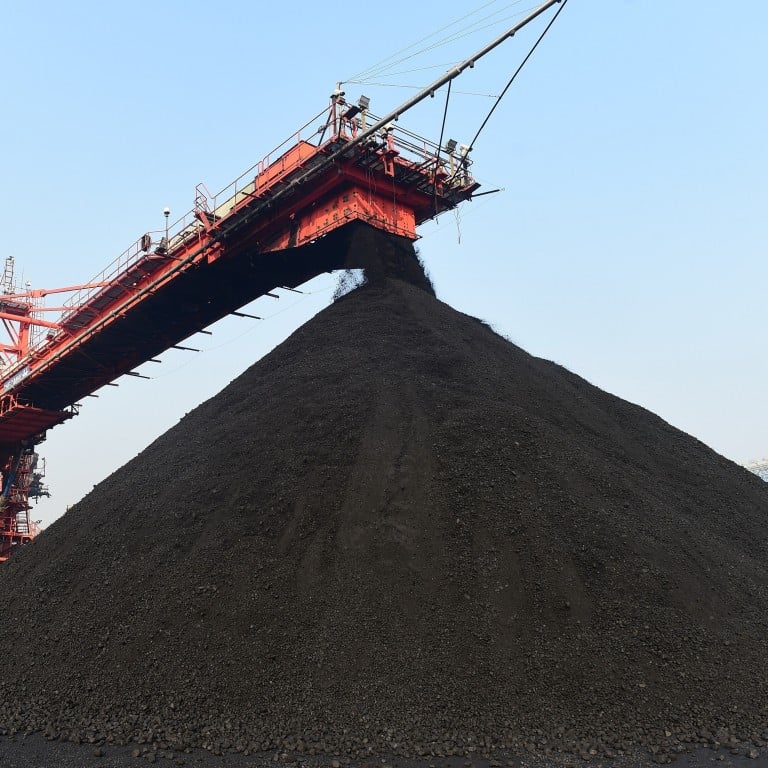
Chinese coal plant approvals slump after Xi Jinping pledges to scale down fossil fuel
- The total generating capacity approved by provincial governments fell by almost 80 per cent in the first six months of the year, according to Greenpeace
- The Chinese President has promised that coal consumption will peak by 2025 as part of a drive to make the country carbon neutral by 2060
Over that period local authorities gave the green light to 24 coal-fired power plants with a combined capacity of 5.2 gigawatts – a 78.8 per cent decrease in capacity compared with the same period last year, according to research by Greenpeace.
He said China would strictly limit the increase in coal consumption over the next five years and start to scale down the use of coal from 2026.
With G20 talks split on coal and fossil fuels, ‘it needs China’s decision’
Meanwhile, Greenpeace found that 23 provincial governments are still offering financial support to 79 coal-powered projects with a total capacity of 100GW.
“Especially since Xi’s climate summit remarks, local governments have slowed approvals for new coal. But provinces are clearly still willing to offer financial support to coal,” said Li Danqing, a Beijing-based project leader for Greenpeace East Asia.
China’s current coal-fired capacity currently stands at 1,080GW – half the global total—with another 250GW under development.

06:55
What is China doing about climate change?
Energy accounts for 88 per cent of China’s total carbon emissions, with 41 per cent coming from coal consumption, according to the National Energy Administration.
China’s five largest power producers, accounting for 44 per cent of the country’s total installed capacity, have all promised to reach peak carbon emissions by 2025.
“The central government has instructed local officials to restrict the development of high-energy consumption and high-emissions projects and coal-fired power plants belong to this category. Local authorities need to consider this before giving approval,” said Yang Fuqiang, a researcher with Peking University’s Institute of Energy.
Yang said a surge in domestic coal prices in recent months had also been a factor.
The benchmark price of thermal coal at Qinhuangdao, the country’s main port for coal shipments, rose to 1,009 yuan (US$156) a tonne in late July according to SteelHome consultancy. This was the highest price recorded since the consultancy started collecting data in 2011 and it means that coal has more than doubled from a 467 yuan a tonne low last year.
China’s dominance in global coal loans is overstated, study finds
The price rise has hit power company profits with four of the 10 listed coal-fired energy firms reporting losses, while five more saw first-half profits plunge, according to online news portal BJX News.
“It is a reminder for coal-fired power companies. If they want to build new projects and coal prices become more volatile, it will affect their profitability,” said Yang.
Greenpeace’s Li said: “State-owned enterprises have little motivation to build new coal-fired power plants, because it’s not profitable and they face pressure over climate targets.”

03:05
China vows carbon neutrality by 2060 during one-day UN biodiversity summit
She said another reason for the 80 per cent reduction was the high capacity (46.1GW) approved last year – a threefold increase on the previous year.
Yang said that instead of building more coal plants, China should develop energy storage and improve demand-side response to meet peak demand, adding that projects approved in the five years up to 2020 could meet demand until 2025.

